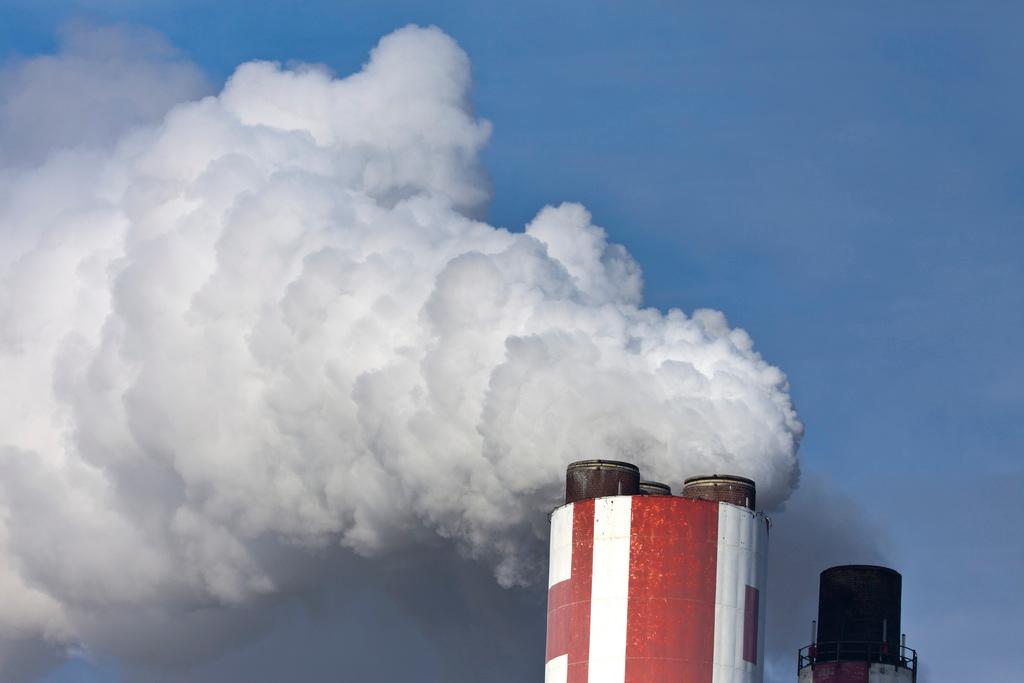Urgent action needed to halt biodiversity loss

With only 6.5% of its land set aside as protected area, Switzerland occupies last place out of 38 European countries in the latest State of the Environment report from the European Environment Agency (EEA).
Swiss environmental groups seized on the publication of the Europe-wide report to highlight Switzerland’s inadequacies in the area of biodiversity conservation.
The Federal Office for the Environment said Switzerland could be proud of its commitment to the environment in certain areas but was aware of its weaknesses. It added that urgent action was necessary to halt biodiversity loss and to conserve ecosystems.
The EEA report, published at five-year intervals, noted that Europe’s natural resources were being degraded by agriculture, fisheries, transport, industry, tourism and urban sprawl.
“Global pressures on the environment have grown at an unprecedented rate since the 1990s, driven not least by economic and population growth, and changing consumption patterns,” the report said.
Conservation
The environmental groups SVS Birdlife, Pro Natura and World Wildlife Fund (WWF) Switzerland, said on Tuesday that Switzerland was not the model country that residents and politicians believed it to be in the area of biodiversity conservation.
Pointing to the low percentage of the country’s landmass set aside for conservation, the groups complained that no additional protected areas have been designated in Switzerland in recent years.
“These areas are the centerpiece of an ecological infrastructure and key to ensuring long-term diversity,” the joint-statement read.
In contrast to Switzerland’s modest 6.5% protected area coverage, 50% of the land in Slovenia and more than 30% in Bulgaria, Croatia and Greece have been protected.
In an email response to swissinfo.ch questions, the Federal Office for the Environment said the government had already publicly accepted the need for more conservation land in its 2012 biodiversity strategy. This was again reaffirmed with a discussion at government level at the end of February.
“The cantons will be consulted about a set of measures proposed by government, including enhancing existing protected areas as well as creating new ones and ensuring their interconnection,“ the office said.
Organic growth
At 11%, Switzerland is one of the leading countries when it comes the proportion of agricultural land devoted to organic farming. However, the environment office explained that Switzerland had effectively reached a ceiling in mountainous areas, where most organic farms are located, due to the limited demand for organic milk products and grass-fed beef.
The prospects for expansion of organic methods in arable farming, where just 1% of the farmed acres is classed as organic, are much greater, the office told swissinfo.ch.

More
More needs to be done, says environment report
On the positive side, the EEA report states that in many parts of Europe, the local environment is arguably in as good a state today as it has been since the start of industrialisation.
Switzerland’s progress was measured most recently in the Environment Switzerland 2015 report, released by the Federal Office of the EnvironmentExternal link in January. This report formed the basis of the evaluation of Switzerland in the EEA report.
Measures taken in recent decades have led to improvements in many areas, such as air quality and energy efficiency, according to the Swiss report. However, urbanisation and transport continue to claim more land, biodiversity is on the decline, and fertilisers used in agriculture still cause soil pollution.
“To solve the current environmental challenges, a transformation of our mode of production and consumption is necessary, in Switzerland and in the whole European continent,” the environment office said.
“Despite the environmental improvements of recent decades, the challenges that Europe faces today are considerable. European natural capital is being degraded by socio-economic activities such as agriculture, fisheries, transport, industry, tourism and urban sprawl. And global pressures on the environment have grown at an unprecedented rate since the 1990s, driven not least by economic and population growth, and changing consumption patterns.”
“A high proportion of protected species (60%) and habitat types (77%) are considered to be in unfavourable conservation status, and Europe is not on track to meet its overall target of halting biodiversity loss by 2020, even though some more specific targets are being met.”
“Designation of protected areas is an important policy tool to halt biodiversity decline. Areas can be protected under national, European or international legislation, on the basis of widely varying criteria, and with different objectives and management regimes. The SOER 2015 briefing on biodiversityExternal link provides an overview of the status, trends and prospects at a European level. This SOER 2015 cross-country comparison focuses on nationally protected areas.External link”
“The main EU target of ‘halting the loss of biodiversity and the degradation of ecosystem services’ by 2020 remains a serious challenge.”

In compliance with the JTI standards
More: SWI swissinfo.ch certified by the Journalism Trust Initiative










You can find an overview of ongoing debates with our journalists here . Please join us!
If you want to start a conversation about a topic raised in this article or want to report factual errors, email us at english@swissinfo.ch.